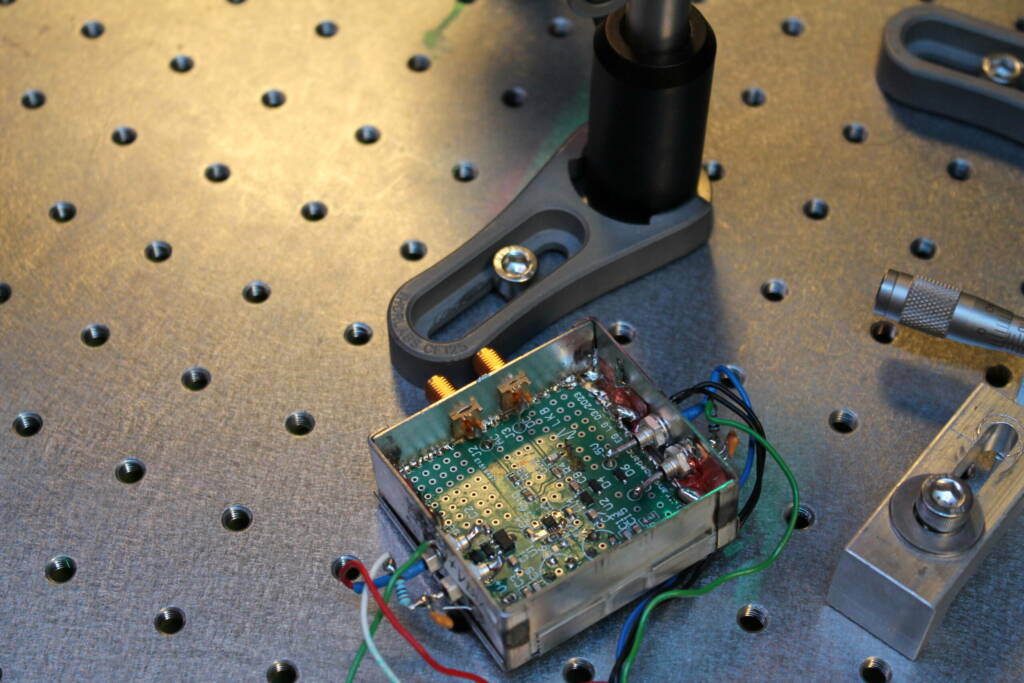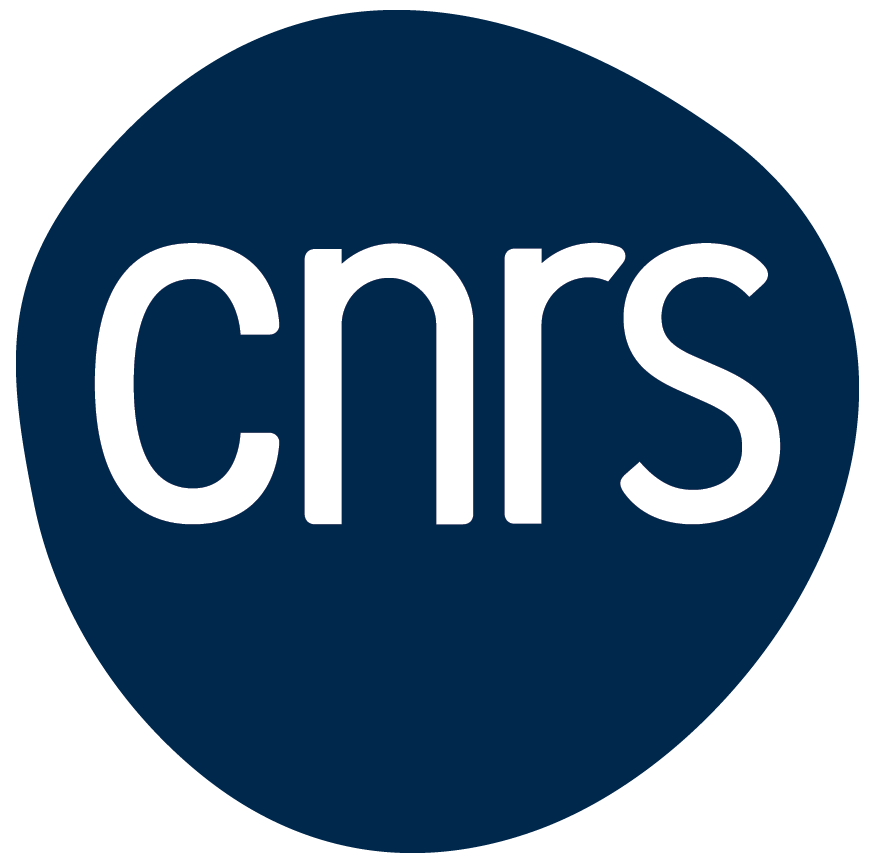Nanofibre and cold atoms: a new quantum platform
By modifying the structure of the waveguide, it is possible to increase the interaction between light and atoms in a single passage, or to achieve interactions of tunable range between the atoms.

The integration of cold atoms with nanoscopic waveguides has sparked considerable interest in recent years, giving rise to a rapidly expanding field of research: quantum electrodynamics in waveguides. Such platforms should allow easier integration and better performance than free space devices, ultimately leading to chip-based technologies for a future quantum internet.
In addition, the marriage between cold atoms and nanophotonics opens new directions for the exploration of atom-photon interactions. By modifying the structure of the waveguide, it is possible to increase the interaction between light and atoms in a single passage, or to achieve interactions of tunable range between the atoms.
However, so far, experimental progress has been very limited due to the difficulty of marrying these two worlds. Using a few thousand cold atoms, trapped near an optical fibre, LKB researchers created for the first time an entangled atomic state that can subsequently be stored and read as a single guided photon.
Link to the full article: https://inp.cnrs.fr/fr/cnrsinfo/nanofibre-et-atomes-froids-une-nouvelle-plateforme-quantique


Read also
CNRS Recruitment – Join the LKB
External Recruitment for Researchers (M/F)
Nathan Goldman is among the Highly Cited Researchers
Clarivate list



